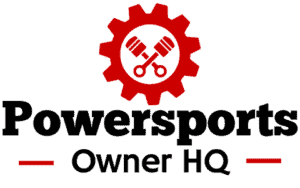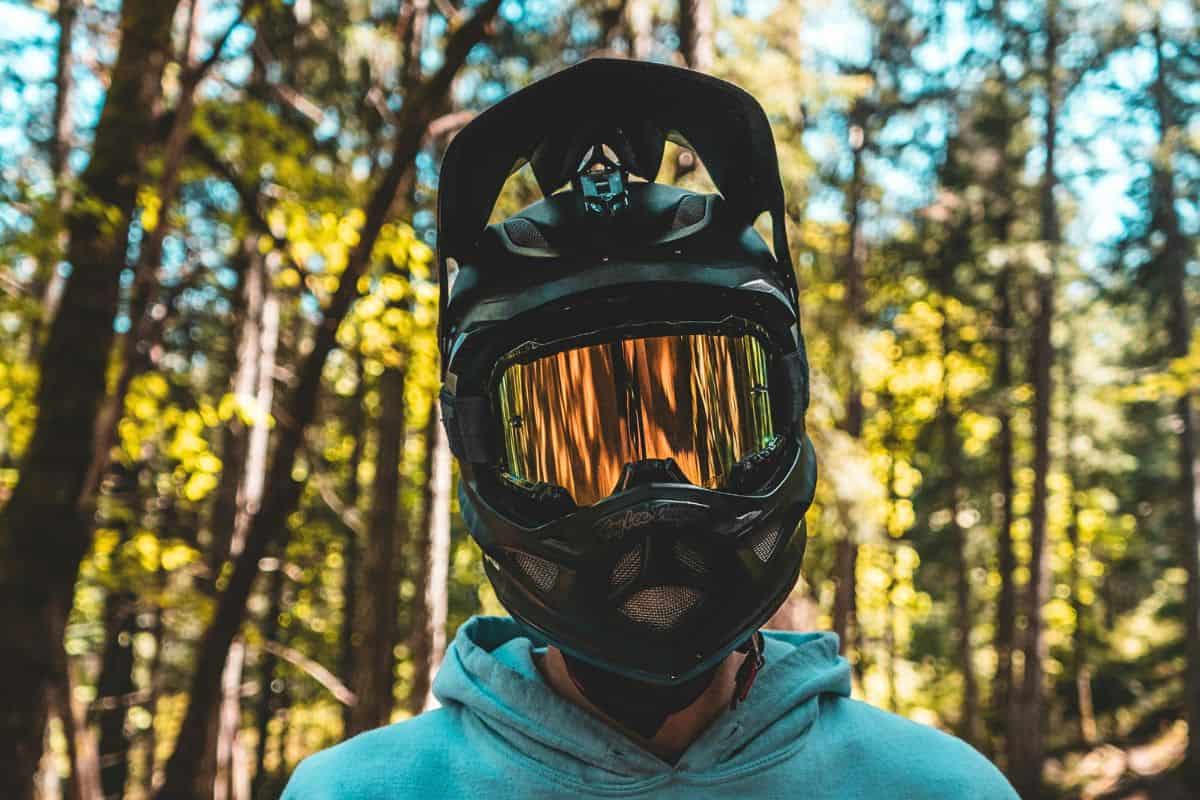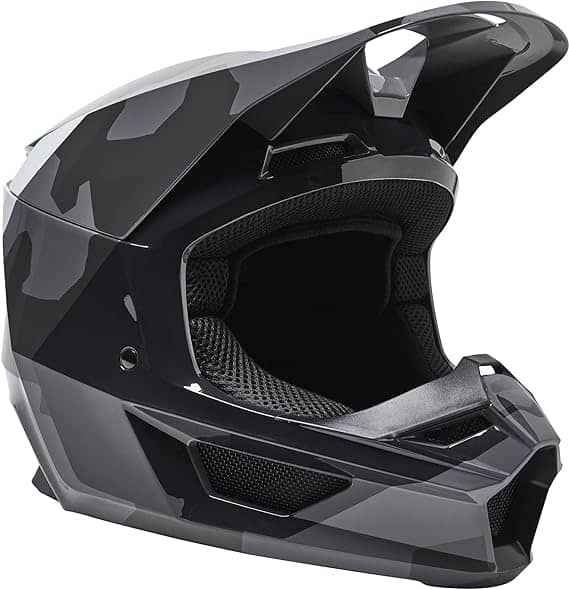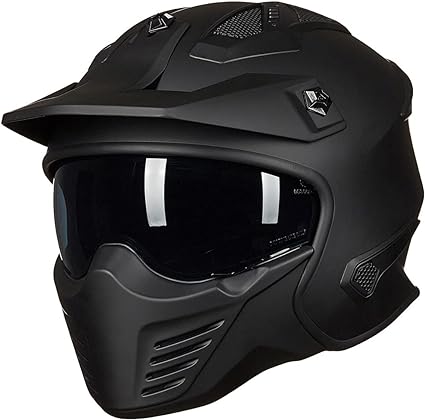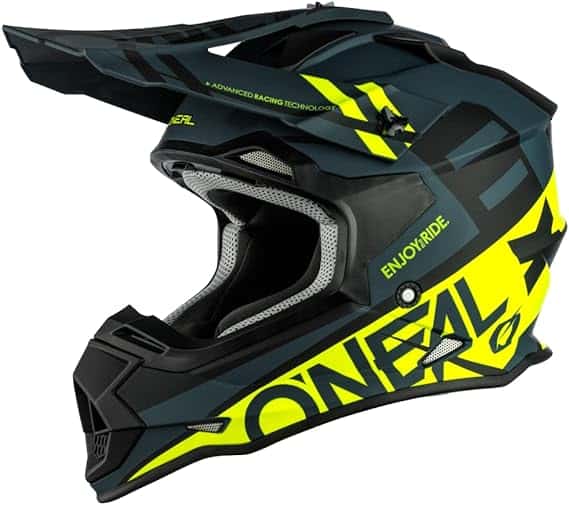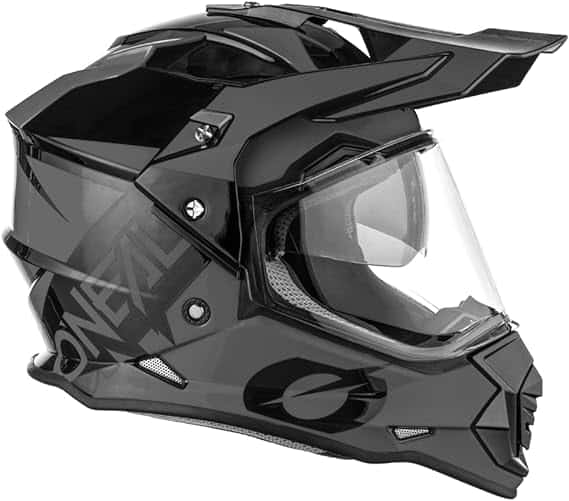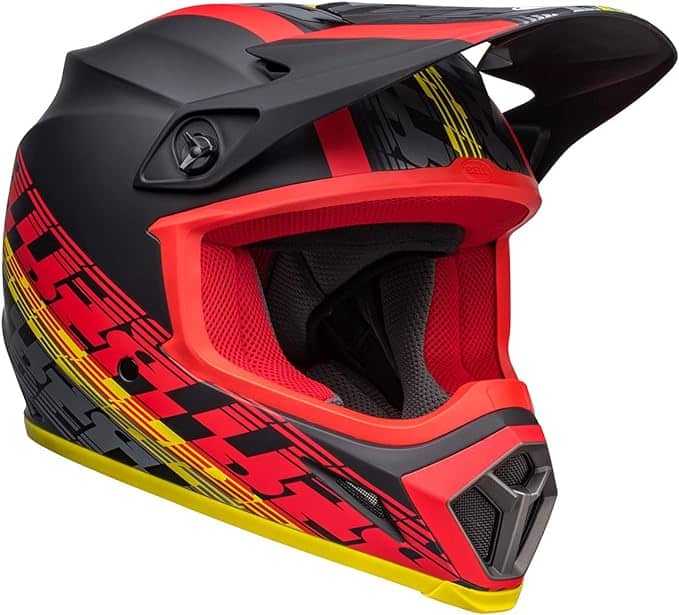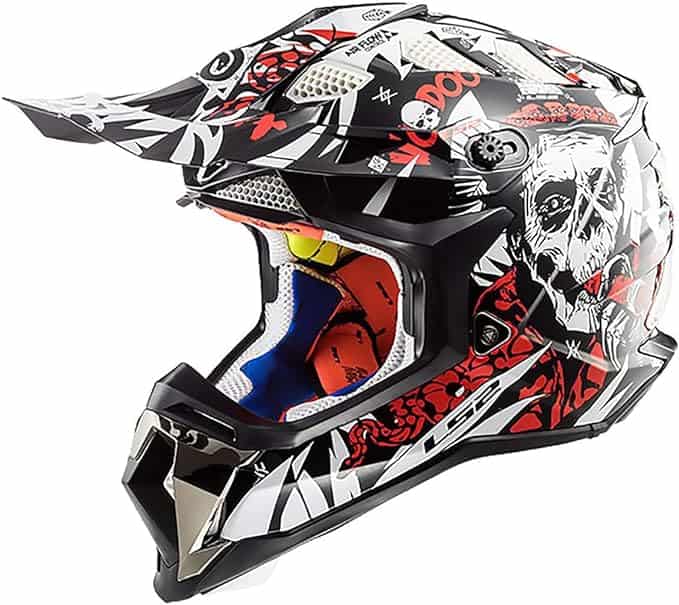Are you searching for the best dirt bike helmets under 200?
As a dirt bike rider, I know how important it is to invest in a high-quality helmet that offers good protection. I still remember the day I took a nasty spill on the trails, and my trusty helmet saved me from potentially major injuries.
Since then, I’ve made it my mission to find the best dirt bike helmets that deliver exceptional safety features and comfort while still being reasonably affordable.
In this blog post, I’ll be focusing on the top 7 dirt bike helmets under $200 for 2024, highlighting their key features as well as their pros and cons.
Plus, I’ll also cover what factors to consider when choosing a helmet, what the best brands are, and answer some frequently asked questions about dirt bike helmets.
Best Dirt Bike Helmets Under 200
Below are my top picks for the best dirt bike helmets under $200, ranked from least to most expensive, to help you find the perfect balance of protection, comfort, and price.
1. Fox Racing V1 Core Motocross Helmet: Affordable Safety & Comfort
- Average Cost: $100
- MIPS (Multi-Directional Impact Protection System)
- Magnetic Visor Release System (MVRS)
- Lightweight injection-molded polycarbonate & ABS shell construction
- 11 intake and 4 exhaust vents
- Removable and washable comfort liner and cheek pads
- Meets DOT, ECE 22.05, and FMVSS 218 safety standards
Pros:
Cons:
2. ILM Open Face Off-Road 3/4 Half Helmet: Versatile & Affordable DOT-Approved
- Average Cost: $110
- Meets or exceeds FMVSS-218 and DOT safety standards
- Detachable lens, sun shield, and chin guard for customizable functionality
- Multiple vents and a breathable design
- Quick-release buckle
- Adjustable sun shield and drop-down tinted visor
- Removable and washable liner
- One-touch control air vents release heat
Pros:
Cons:
3. O’Neal 2 SRS SPYDE Helmet: Lightweight, Safe, & Feature-Packed
- Average Cost: $120
- Constructed with a lightweight ABS shell
- Ultra-plush, removable, and washable padded liner
- Multiple air vents
- Rubber roost nose guard
- Height-adjustable visor
- Double-D release chin strap
- Meets DOT FMVSS 218 and ECE 22.05 safety standards
Pros:
Cons:
4. O’Neal Sierra Helmet: Versatile, Comfortable, & Safe for On/Off-Road Riding
- Average Cost: $150
- Lightweight Polycarbonate/ABS shell construction
- Ultra-plush, moisture-wicking, removable, and washable air-channeled comfort liner
- Integrated face shield with UV protection
- Height-adjustable helmet shield
- Multiple vents and internal ventilation channels
- Meets DOT FMVSS 218, ECE 22.05, and AS/NZS safety standards
Pros:
Cons:
5. Bell MX-9 MIPS Torch Off-Road Dirt Bike Helmet: Pro-Level Protection & Comfort
- Average Cost: $180
- Lightweight polycarbonate/ABS shell construction
- MIPS (Multi-Directional Impact Protection System)
- Fully adjustable Flying Bridge Visor
- Velocity Flow Ventilation system
- Removable and washable liner
- DOT certified with an industry-leading five-year warranty
- Meets the FMVSS 218 Standard
Pros:
Cons:
6. LS2 Helmets Subverter Off-Road Helmet: Lightweight, Ventilated, & Feature-Packed
- Average Cost: $180
- Kinetic Polymer Alloy (KPA) shell construction
- Removable and washable liner
- Wide eye port accommodates most goggle brands
- Proprietary nanotechnology blends aramid fibers into a high-end polymer for state-of-the-art energy management
- Special MIPS (Multi-Directional Impact Protection System)
- 35 separate ventilation ports with channeled EPS for maximum airflow and cooling
Pros:
Cons:
7. Fly Racing Trekker Helmet: Versatile, Lightweight, & Feature-Rich
- Average Cost: $200
- ECE and DOT approved
- Lightweight and durable polymer shell construction
- Large, clear face shield with anti-fog and scratch-resistant coating
- Removable and washable liner
- Dual-density EPS liner with two layers for progressive impact absorption
- Shield lock and easy, tool-less shield changes
- True Functional Ventilation (TFV)
- Comes with a helmet bag
Pros:
Cons:
What to Look for in a Dirt Bike Helmet Under $200
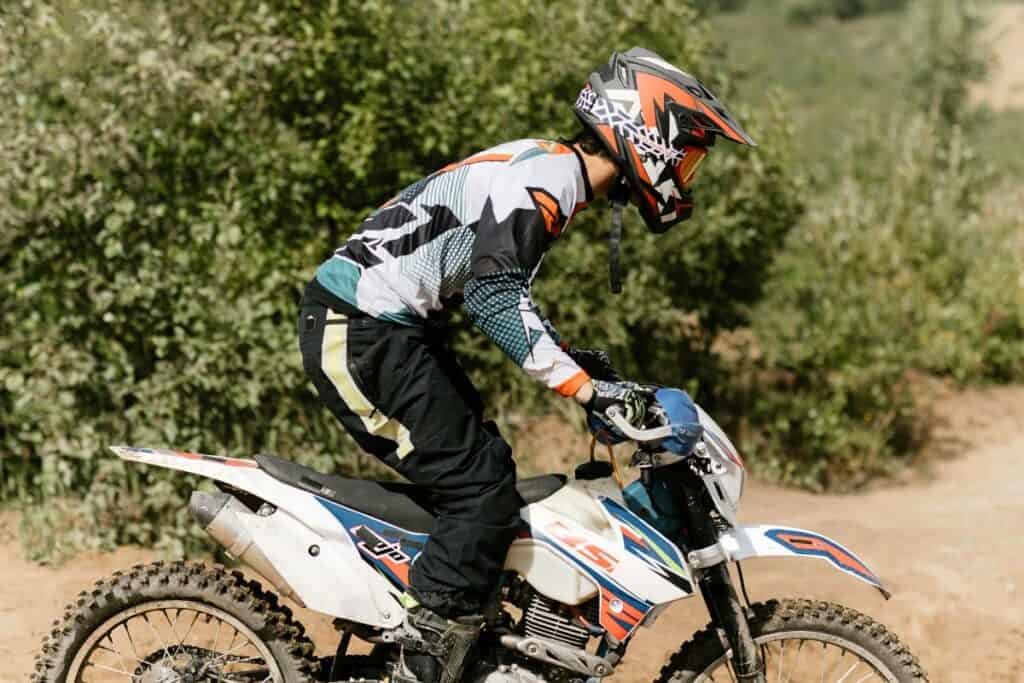
When shopping for dirt bike helmets under 200 there are many considerations you could use, however, in my opinion, the ones I’ve listed below are the most important.
Key factors to consider when choosing an off-road helmet:
- Safety Certifications – Ensure the helmet meets or exceeds safety standards like DOT, ECE 22.05, or Snell. These certifications guarantee that the helmet has undergone rigorous testing and provides adequate protection.
- Shell Construction – Look for helmets with a durable outer shell made from materials like polycarbonate, fiberglass, or ABS. A high-quality shell will disperse energy upon impact and protect your head.
- Comfortable Fit – Choose a helmet that feels snug and comfortable on your head. Avoid helmets that are too tight or too loose. Consider factors like weight, padding, and the shape of your head when selecting a helmet.
- Ventilation – Adequate ventilation is essential to keep you cool and comfortable while riding. Look for helmets with multiple air vents, intake ports, and exhaust channels to promote airflow and reduce moisture and heat buildup.
- Weight – A lightweight helmet reduces neck strain and fatigue during long rides. Modern materials like fiberglass and carbon fiber help keep helmet weight down without compromising safety.
- Visor and Eye Protection – A sturdy, adjustable visor helps shield your eyes from the sun, dirt, and debris. Ensure the helmet is compatible with your preferred goggles for optimal eye protection.
- Brand Reputation – Stick with reputable helmet brands known for producing high-quality, safe products. Well-established manufacturers often have better customer support and parts availability.
Remember, while it’s tempting to save money on a helmet, your safety should always come first. Because of this, I wouldn’t recommend purchasing a dirt bike helmet under $100, as the quality and protection are generally not there on really cheap dirt bike helmets.
Investing in a well-constructed, comfortable, and properly certified helmet is crucial for protecting your most valuable asset – your head.
Best Value Dirt Bike Helmet Brands
When shopping for a dirt bike helmet, it’s important to choose a reputable brand that offers a balance of safety, comfort, and style.
Below are some of the best dirt bike helmet brands that offer a great combination of all three:
- Bell – Known for their comfortable, protective, and well-ventilated helmets, Bell is a solid choice for riders seeking a reliable helmet.
- Fly Racing – Fly Racing helmets are renowned for their exceptional comfort, with plush padding and a snug fit. While their graphics may not be for everyone, their focus on rider comfort is unmatched.
- Fox – Fox helmets are arguably the most stylish in the market, with eye-catching graphics and sleek designs. They also offer excellent ventilation and durable construction, making them a popular choice.
- ILM – ILM offers a range of affordable dirt bike helmets with features like removable visors, adjustable sun shields, and multiple vents for enhanced airflow. Their helmets cater to various riding styles and provide good value for money.
- LS2 – LS2 helmets are known for their lightweight construction, advanced safety features, and impressive ventilation. They offer a variety of styles and graphics, making them a popular choice among dirt bike riders looking for a balance of performance and affordability.
- O’Neal – O’Neal helmets excel in the styling department, offering some of the coolest graphics available. However, some models may have less ventilation compared to other brands, so be sure to check reviews and specifications before purchasing.
When choosing between these brands, remember to prioritize safety certifications, a comfortable fit, adequate ventilation, and durable shell construction.
While each brand has its strengths, the best helmet for you will depend on your individual needs, preferences, and riding style.
Have More Dirt Bike Helmet Questions? We’ve Got More Answers…
Additional Dirt Bike Resources:
- What’s Really Inside Dirt Bike Tires: Tubed or Tubeless?
- Why Do Dirt Bikes Have Spoked Wheels? (Answered)
- Should You Wash Your Dirt Bike After Every Ride? (Answered)
Recent Posts
Is Can-Am Better Than Polaris? This question has been debated for years, sparking intense debates in off-road communities and showrooms. As two titans in the world of ATVs and UTVs, Can-Am and...
Whether you're an adult looking for a new adventure or introducing your kids to the sport, finding the best beginner dirt bike is crucial to kick-start your off-road journey on the right...
